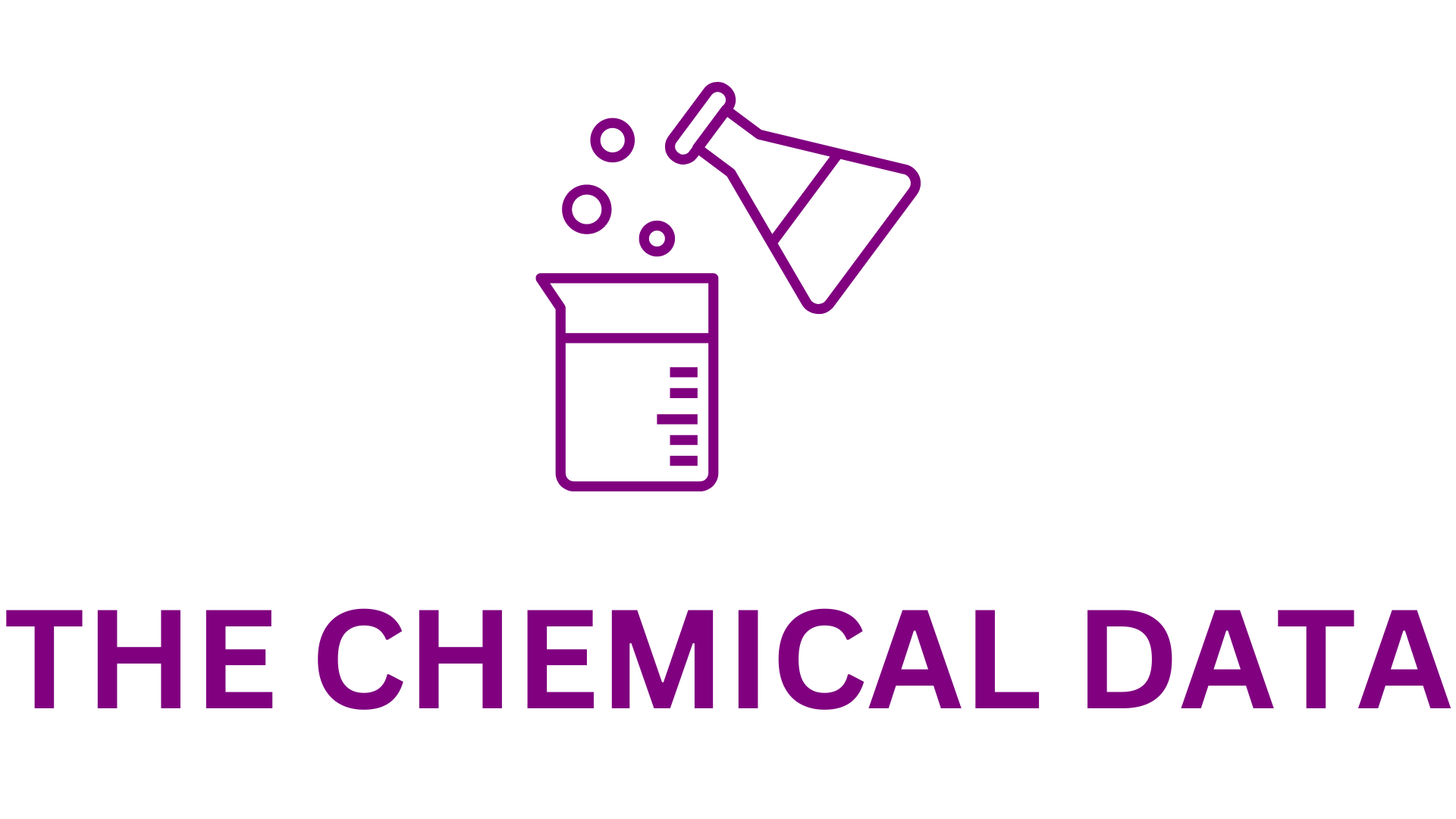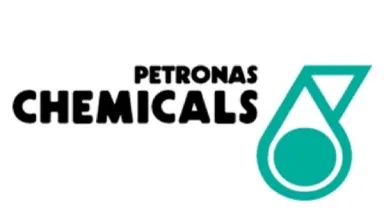
The Phase III ARANOTE trial results reveal that darolutamide combined with androgen deprivation therapy (ADT) significantly decreased the risk of radiological progression or death by 46% compared to placebo plus ADT in patients with metastatic hormone-sensitive prostate cancer (mHSPC) (HR 0.54; 95% CI 0.41–0.71; P<0.0001). Benefits were consistent across various patient subgroups, including those with high- and low-volume mHSPC. Treatment-emergent adverse events (TEAEs) were low and similar between the darolutamide and placebo groups. These findings were presented at the 2024 ESMO Congress and published in The Journal of Clinical Oncology.
Fred Saad, Principal Investigator of the ARANOTE trial, noted, “Metastatic hormone-sensitive prostate cancer varies by patient, requiring a tailored treatment approach. With ARANOTE’s positive results, darolutamide shows strong efficacy and safety, with or without chemotherapy, providing physicians with more options if approved.”
Christian Rommel, Ph.D., from Bayer’s Pharmaceuticals Division, added, “The ARANOTE trial explores darolutamide with ADT alone as an option for mHSPC patients. Supported by our development program, darolutamide could become a key treatment in prostate cancer.”
Bayer plans to submit the ARANOTE data globally to support expanding darolutamide’s use. Currently approved for mHSPC under the brand Nubeqa™ in over 80 markets and for non-metastatic castration-resistant prostate cancer (nmCRPC) in more than 85 countries, darolutamide is developed with Orion Corporation.
Detailed ARANOTE Results
Darolutamide plus ADT reduced the risk of radiological progression or death by 46% (HR 0.54; 95% CI 0.41–0.71; P<0.0001) compared to placebo plus ADT. Benefits were seen across subgroups, with a 40% risk reduction in high-volume mHSPC and 70% in low-volume mHSPC. Preliminary data suggested a potential survival benefit with darolutamide plus ADT (HR 0.81, 95% CI 0.59-1.12). The trial also indicated numerical benefits in secondary endpoints, such as time to castration-resistant prostate cancer (CRPC), PSA progression, pain progression, and initiation of subsequent systemic therapy.
TEAEs were generally low and similar between groups. Darolutamide had fewer treatment discontinuations due to TEAEs (6.1% vs. 9.0%). Common AEs (≥10%) were anemia, arthralgia, and urinary tract infections, with lower fatigue incidence for darolutamide (5.6% vs. 8.1%). Minimal differences were noted in TEAEs of interest like coronary artery disorders and cardiac arrhythmias.







